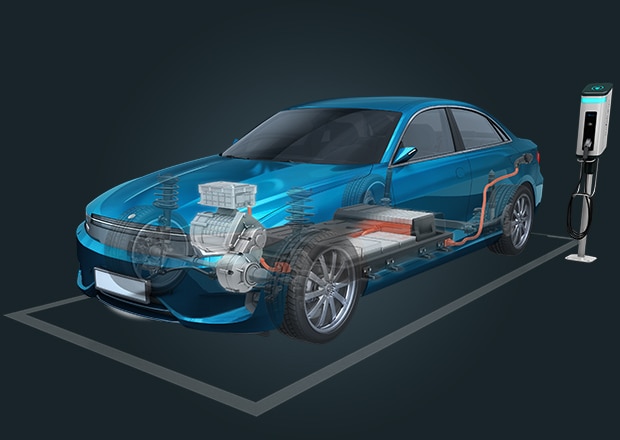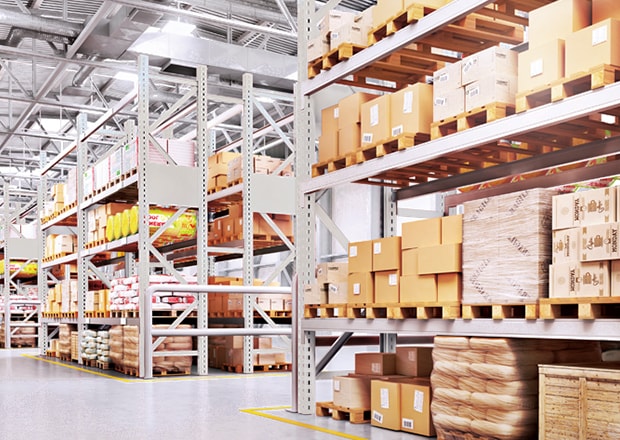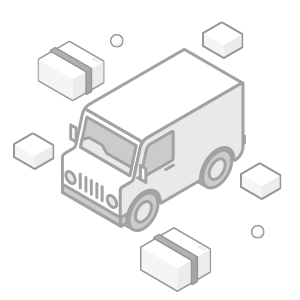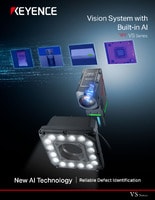Applications of Industrial Machine Vision
Industrial machine vision refers to machine vision applications within industrial manufacturing, in which machines rely on cameras and sensors to capture, process, and understand images, further enabling other machines, such as industrial robots, to complete various tasks related to the manufacturing process.
Though not exactly a novelty—machine vision traces back to the 1950s—modern industrial machine vision applications are key to modern industry. They help industrial automated systems by replacing the human element in manufacturing, thus increasing the efficiency and profitability of the manufacturing process.
Importance of Industrial Machine Vision Applications
With the advent of Industry 4.0, which implies the integration of new technologies, such as AI and machine learning, into production and operation, manufacturing industries now aim to achieve increased automation and efficiency.
Industrial machine vision applications optimize and speed up the manufacturing process, resulting in better product quality and increased output while simultaneously optimizing resource use. As such, the main point of industrial machine vision applications is to optimize the industrial manufacturing process.
This allows machines to take over tasks such as production quality control and predictive maintenance while human employees take on more productive work or work areas. For example, industrial machine vision can identify defects faster and more precisely than humans, all the while optimizing the speed of the production process.
Likewise, industrial vision systems can use cameras and infrared sensors to trigger predictive maintenance systems, which ensure the longevity of your equipment and a higher quality product.
We’re here to provide you with more details.
Reach out today!

Machine Vision Applications by Industry
As previously discussed, product quality control and predictive maintenance are among the most common industrial vision applications across different industries. However, their use isn’t limited to those applications alone, as there are numerous machine vision application examples throughout different industries that aid in their everyday operations.

Retail Businesses
Retail businesses rely on barcode and QR code scanners, which are an integral part of inventory and store management, as well as storage management in nearly every company that has an organized stock of goods. This is one of the main and most widespread machine vision applications in this industry. Other applications also include automated checkout systems and even customer service.

Healthcare
AI and machine vision systems are transforming the healthcare industry by revolutionizing patient care and diagnostics. For example, ultrasound scanning, surgical navigation, and skin cancer detection are just some of the examples of machine vision applications in the healthcare industry that provide faster and more accurate diagnoses.
Some systems even convert broken bone MRIs into 3D models, which can improve surgical planning and reduce invasive procedures, thus increasing precision and reducing the risks associated with surgical interventions.
The pharmaceutical industry also relies on industrial machine vision for tasks such as standards compliance, correct labeling, pill count, and package integrity.

Automotive Industry
Believe it or not, the automotive industry began utilizing robots in its manufacturing processes in the early 1960s. The 1990s brought about computer integration, which allowed robots to be more precise, flexible, and capable of handling more complex tasks.
The 21st century ushered the rapid advancement of robot technology in the automotive industry, including robots that rely on industrial machine vision and artificial intelligence, leading to more sophisticated and flexible automation solutions.
One of those solutions is the so-called cobots, automated collaborative robots that work alongside human workers. Other machine vision industrial applications within the automotive field relate to robot guidance, in which industrial machine vision aids in guiding robots for tasks like assembly, welding, and material handling.

Logistics
Industrial machine vision is also applied in logistics, primarily for barcode reading, sorting, and tracking of items, and supply chain management by relying on Automated Identification and Data Capture (AIDC). These systems automatically identify objects, collect data about said objects, and enter them directly into the computer system, thus helping automated inventory management.
Discover more about this product.
Click here to book your demo.

Emerging Trends in Machine Vision System Applications
Industrial machine vision systems and their applications have been progressing at an impressive rate, and the technology is becoming increasingly crucial in numerous manufacturing processes. The increased implementation of artificial intelligence has become a major trend in machine vision systems, as it allows the system to better interpret the data.
This led to the subsequent development of more sophisticated industrial machine vision systems capable of capturing and analyzing data even faster than previous iterations. Furthermore, 5G wireless communication implementations allow industrial machine vision systems to transmit substantial amounts of data, allowing faster decision-making and reaction times.
See the benefits firsthand by signing up for a free trial now.
Free Trial
FAQs about Industrial Vision System Applications
What are the Applications of Machine Vision Systems in Inspection?
Industrial machine vision systems offer great flexibility when it comes to inspection and flaw detection. This includes flaws in textiles, branding marks in prescription tablets, misaligned components and cold solder joints in electronics manufacturing, and even decay in agricultural products.
What is an Example of Machine Vision in AI Applications?
Autonomous vehicles are perhaps the best example of machine vision systems in AI applications, as they enable vehicles to perceive and interpret their surroundings. The systems use cameras and other sensors that capture the vehicle’s surroundings, aid object detection and object classification, and aid in collision avoidance, lane detection, and tracking.
These inputs further aid the vehicle’s real-time decision-making and traffic sign recognition, in which AI uses the input data to steer, accelerate, or decelerate the vehicle. In short, machine vision systems allow the AI to adapt its driving to dynamic road conditions.
What are the Applications of Machine Vision in Robotics?
Robotics play an integral part in numerous industries, like the automotive industry. Machine vision systems enable robots to move safely, autonomously, and accurately in a dynamic environment, as well as pick assembly parts from storage and place them in the correct assembly spaces where they need to be fixed.
What is the Primary Application of Machine Vision Systems in the Industry?
The primary application of machine vision systems is incredibly accurate quality control on high-speed production lines. The quality control process largely depends on the manufacturing process, but machine vision excels at defect detection, presence-absence checks, product type verifications, taking measurements (some are accurate at a micron level), and reading codes.



